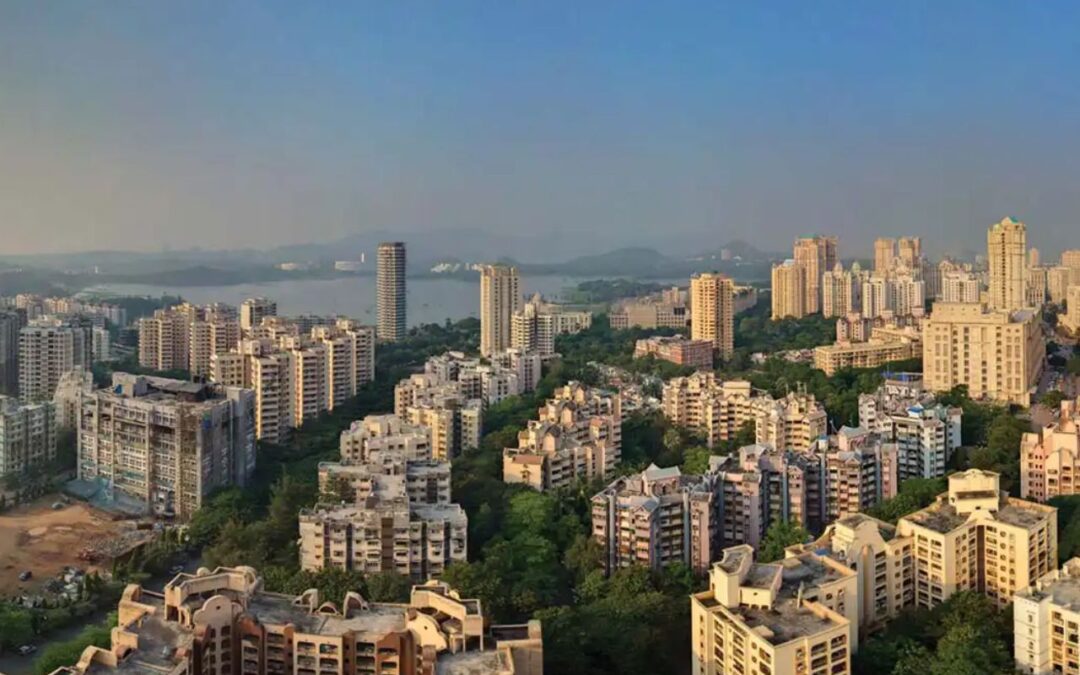Synopsis- In 2025, India’s commercial real estate market turned into a pretty solid spot providing high rental yields as per Q3 reports. They are giving stable rental yields of an average of 6 to 10% annually, which are considered safe bets for HNIs.
Rental Yields on Commercial property jumps to 21% YoY, reaching 60 million square feet in the first 9 months, based on Q3 Reports by CBRE. HNIs are set to double up to 17 lakh by 2027, and they’re switching from debt stuff to real estate because the returns look better, hitting up to 15% in those niche areas. Cities like Bengaluru and Hyderabad are taking the lead. GCCs drive 38% of the leasing, IT and tech takes up 24%, and these hubs offer 10 to 15% appreciation along with some tax perks. This guide ranks the top seven cities by their yield potential. It pulls in data from CBRE and Cushman, mixes it with market trends, all aimed at smart portfolios for HNIs.
1. Hyderabad (8-10% Yields)
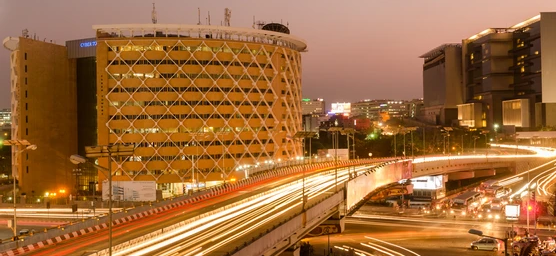
- Yield snapshot. In HITEC City and Gachibowli, rents hit ₹60-90/sq ft per month. Highest yields reach 9.5% , thanks to vacancy dropping 12%.
- Why HNI magnet? It grabs 15% of national absorption. Pharma and IT boom adds 10,000 jobs every quarter. Supply in the Q3 was 61% from Hyderabad, says CBRE.
- Investment edge: Mid size assets cost ₹4 to 8 crore. Capital growth projects at 14%. REITs like Embassy give liquid exits.
- Risk: Water scarcity hits hard. Green buildings help with 70% certifications.
2. Bengaluru (7-9% Yields)
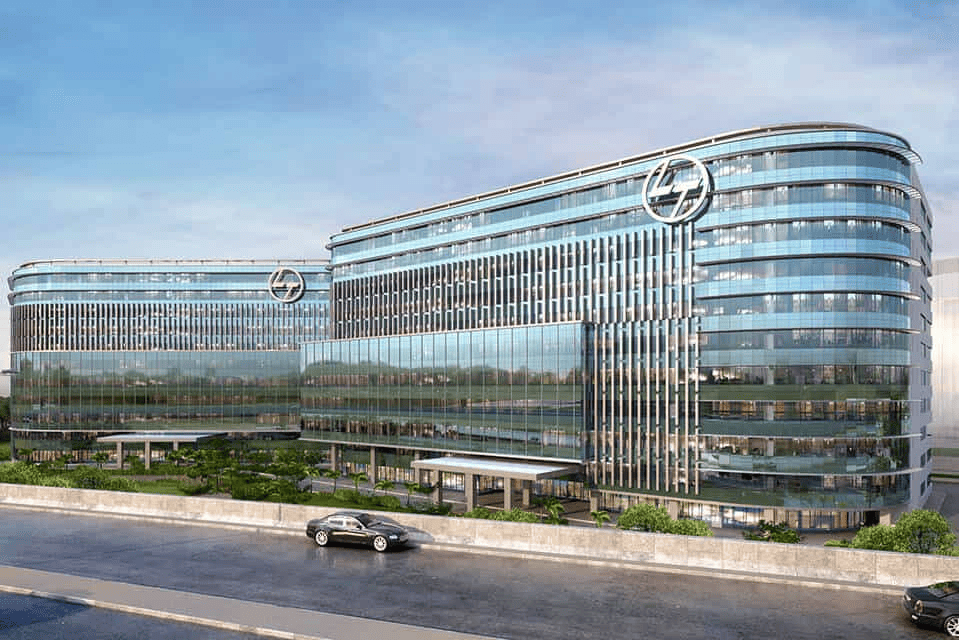
- Yield snapshot here: Prime Grade A spaces bring in ₹80-120/sq ft per month. Average yield hits 8%, occupancy stays at 95% in spots like Whitefield and Outer Ring Road.
- Why a magnet for HNIs: It absorbed 20 million square feet in the Q3, according to CBRE, mostly from tech and GCCs. New completions made up 24% in the Q2, per Cushman. Vacancy stays low at 10%, so rentals hold steady from all those startups.
- Investment edge. Entry point is ₹5 to 10 crore for about 50,000 sq ft; Appreciation runs 12% year over year. HNIs go for fractional ownership, aiming at 15% IRR over five years.
- Risk: Traffic causes woes. Metro expansions offset that though.
3. Pune (6-8% Yields)
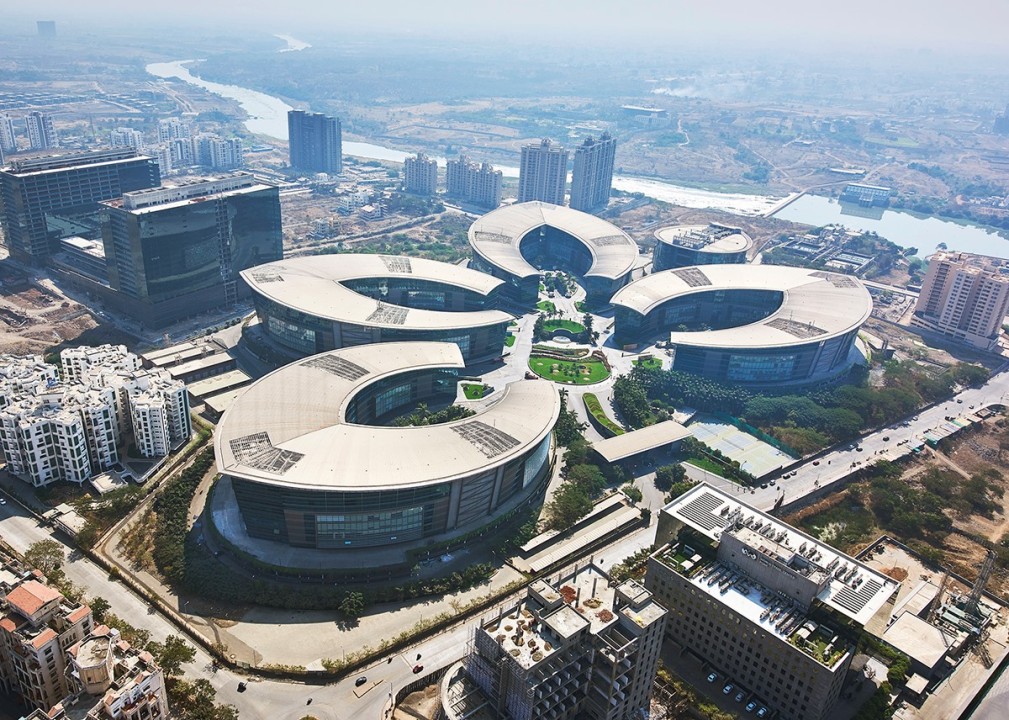
- Yield snapshot: Hinjewadi and Kharadi rentals go ₹50-80/sq ft per month. Yields average 7.5% in busy areas like Baner Balewadi, from Colliers data.
- Why HNI magnet: Completions were 38% in the Q2, per Cushman. It absorbed 15 million square feet in 9 months, driven by engineering and manufacturing at 15% leasing. Auto and IT work together here.
- Investment edge: Affordable buys at ₹3 to 6 crore. ROI hits 11% , with reality making up 18% of GSDP. Good for diversifying HNI baskets.
- Risk: Oversupply could be a risk. But 73% green leasing balances it.
4. Delhi-NCR and Gurugram Focus (5-8% Yields)
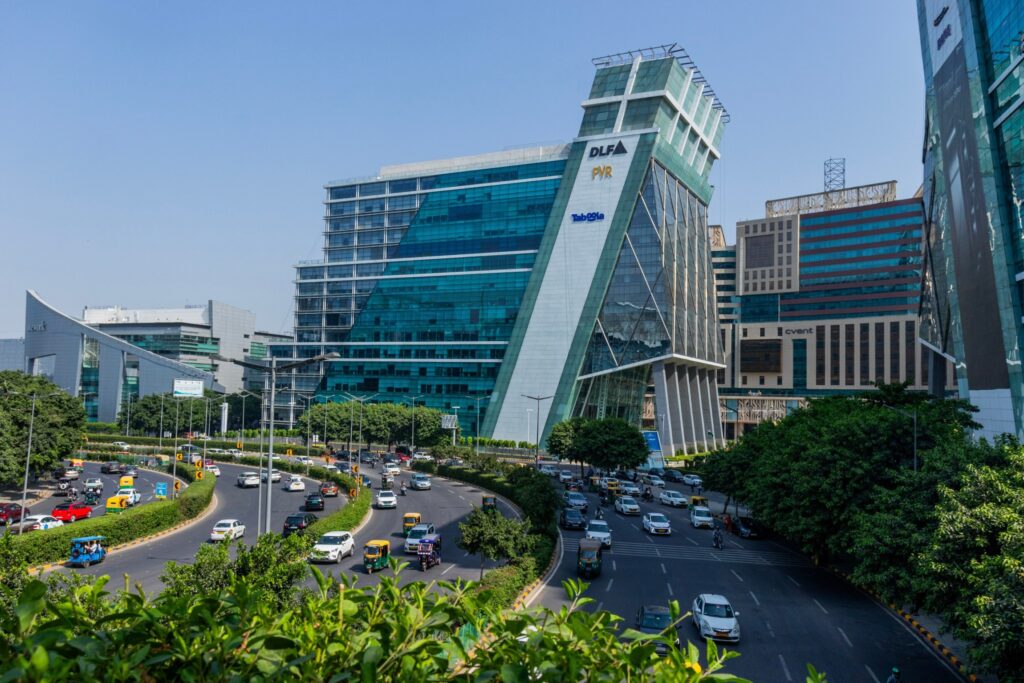
- Yield snapshot: Golf Course Road rents ₹100-150/sq ft per month. Yields 6.5 to 8% in Grade A, up to 10 % in flexible spaces.
- Why HNI magnet: It leads to absorption by 20% , CBRE says. BFSI and tech drive 60% of leasing. Supply share was 61% in the Q3
- Investment edge: Premium plots run ₹6 to 12 crore. Appreciation at 10% , with 30% influx of HNWI. Tax efficient through Section 80EEA.
- Risk: Regulatory hurdles exist. RERA compliance eases them.
Also read: Top 7 High-End Residential Areas in Bengaluru to Live In 2025
5. Mumbai (5-7% Yields)
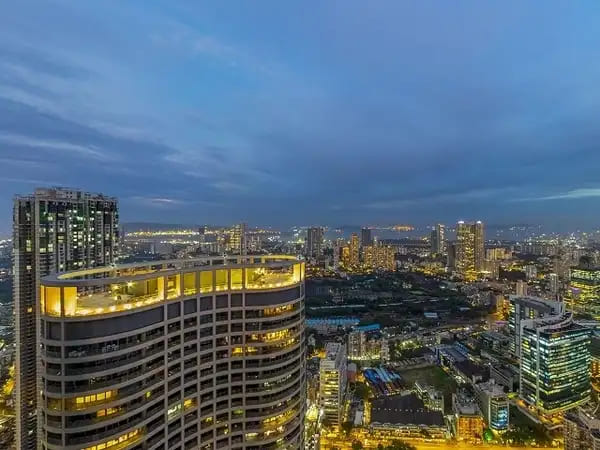
- Yield snapshot: BKC and Lower Parel hit ₹150-200/sq ft per month. Steady 6% yields, vacancy low at 8%.
- Why HNI magnet: Market share at 18%. Gross absorption 19.9 million square feet in Q3, per CBRE. The finance hub keeps blue chip tenants.
- Investment edge: Iconic towers cost ₹8 to 15 crore. Long term returns 9%. Legacy appeal for family offices.
- Risk: High entry barriers. But 15% year over year hikes counter that.
6. Chennai (5-7% Yields)
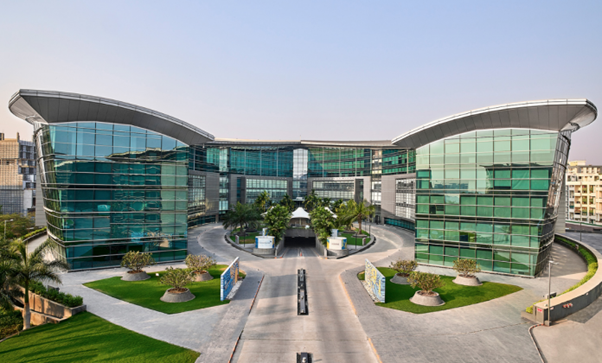
- Yield snapshot: OMR and Guindy at ₹50-70/sq ft per month. Yields 6%, absorption rising 12%.
- Why HNI magnet: Completions 24% in the Q2, Cushman reports. Auto and pharma leasing 15%. Coastal resilience helps.
- Investment edge: Budget friendly at ₹3 to 5 crore range. 10% growth from NCAP green push. NRI friendly for repatriation.
7. Kolkata (4-6% Yields)
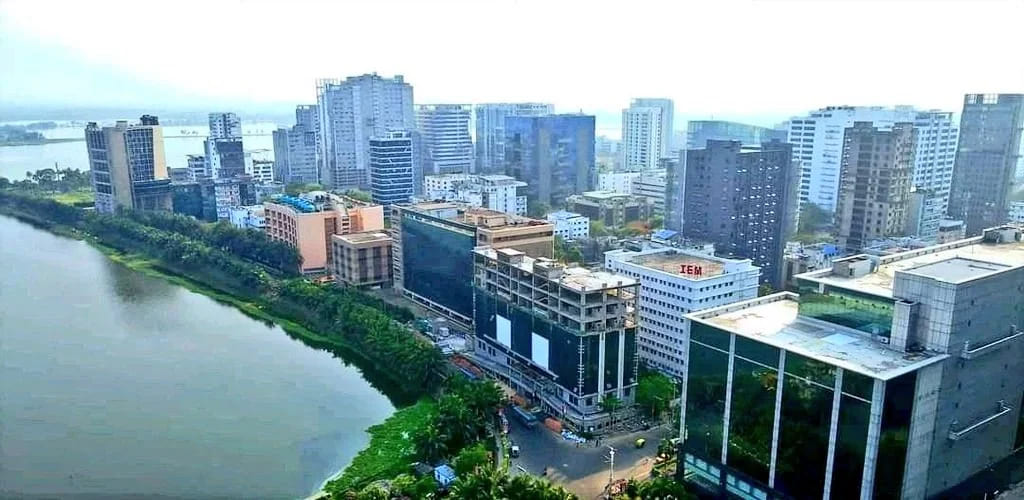
- Yield snapshot: Salt Lake and Rajarhat priced at ₹40-60/sq ft per month. Yields 5.5% in emerging Grade A.
- Why HNI magnet: Supply growth 10% year over year. BFSI and engineering media fill 20% space. Metro Line 6 improves access.
- Investment edge: Low entry 2 to 4 crore. Upside 8 to 10% as Tier 2 rises. High liquidity through local REITs.
- Risk: Absorption slower. But 46% domestic demand offsets it.
These cities grabbed 80% of the 41 million square feet of new supply in 9 months of 2025, CBRE data shows. Tech and flex spaces dominated 45% of leasing.
Key Reasons for Increase in Office Leasing in India
1. Rapid Increase in Global Capability Centres (GCCs)
- GCCs, or hubs of multinational corporations, account for approximately 39% of the overall volume of leasing of the office sector in India.
- From GCCs serving as engines of innovation and digital transformation, were finding sustained demand for leasing, especially in regions including Bengaluru, Delhi NCR, Pune, Hyderabad, and Chennai.
2. Growth in the Technology Sector
- The IT and ITES sectors remain the dominant contributors to demand for office space, currently powering almost 40% of leasing activity.
- The surge of startups and technology continues to be an important driver of leasing growth in metro and Tier-2 cities.
3. Adaptation of Flexible and Hybrid Workspaces
- Post pandemic, organisations are embracing new agile workspace models.
- Flex spaces and co-working offices have gained historic growth, with a YoY jump in leasing of 43% in H1 2025.
- Although this sector remains largely linked to startups, BFSI, consulting, and now manufacturing firms are leading the way in utilising space.
4. Healthy Supply Meeting Demand
- At the beginning of 2025, around a 25% increase in office supply had been added to meet the needs of occupiers.
- This healthy approach keeps vacancy levels at around 16.3%, ensuring that market confidence and equilibrium is maintained.
5. Upgraded Infrastructure and Connectivity
- The cities’ upgraded urban infrastructure, as well as enhanced road networks and metro rail in key locations, have elevated office market appeal for businesses.
- Tier-2 cities are being seen as potential alternatives to Mumbai and Delhi with their improving urban infrastructure, with cities like Pune and Hyderabad leading the way.
Conclusion
By 2025, India’s commercial real estate is seen as one of the most compelling investment options for HNWIs, with low risk yields between 6-10% and potential for capital appreciation over the long term due to increase in demand of GCCs, IT-Parks, and co-working spaces, which continues to boost demand for office rents in top cities, with unprecedented levels of rental demand, occupancy rates, and infrastructure upgrades. The conversion to commercial properties from HNIs from traditional debt instruments signifies greater comfort with the sector as a wealth building tool, further supported by government reform, transparency in applicable regulation, and the now a greater emphasis on connectedness of clients to commercial office spaces in metropolitan cities.
Written By Rachna Rajput.

